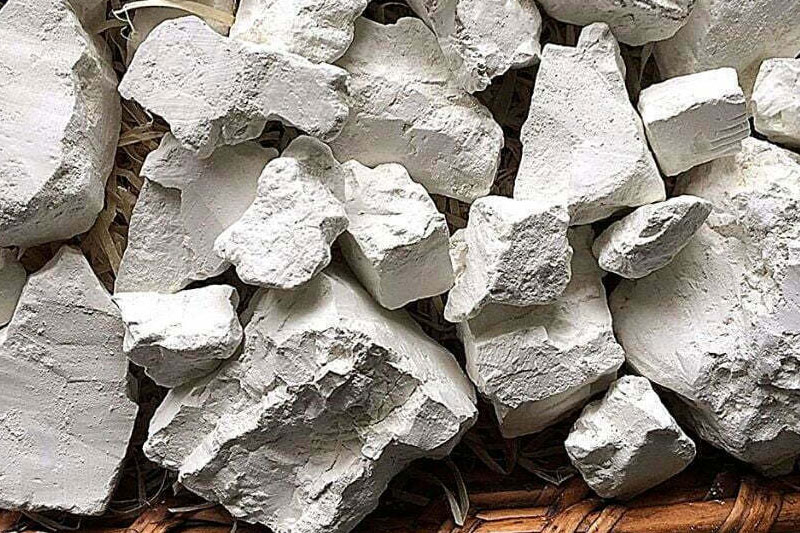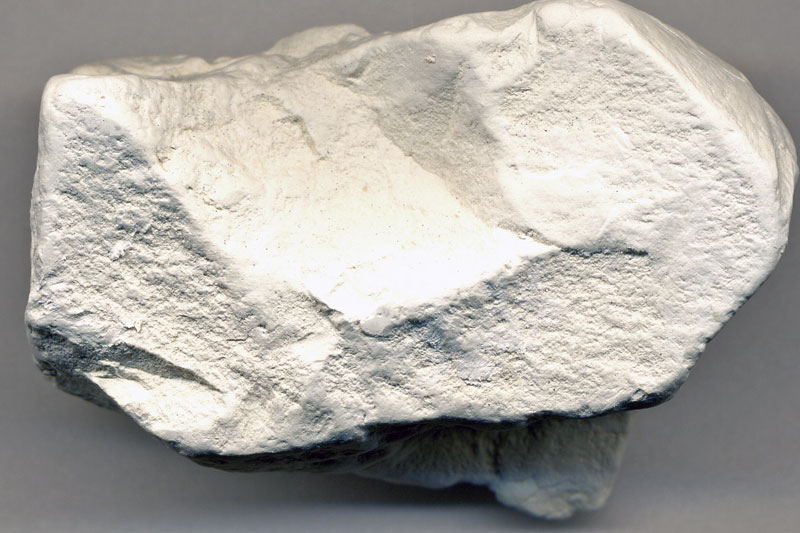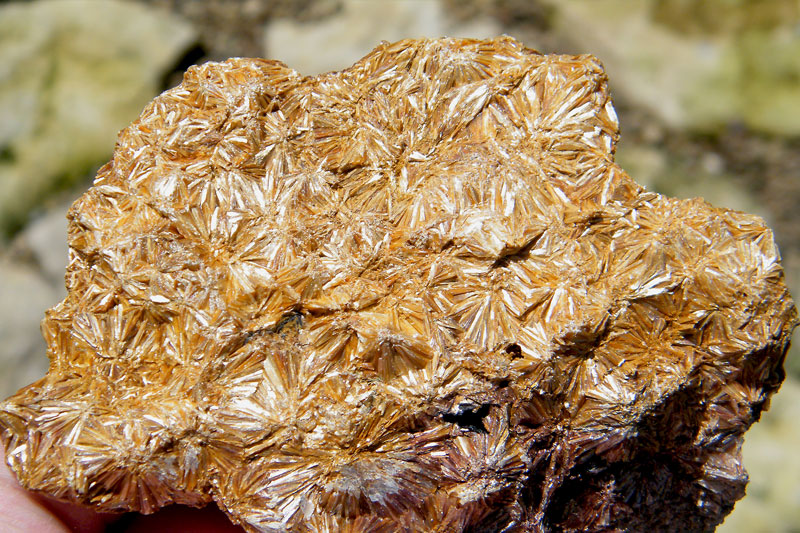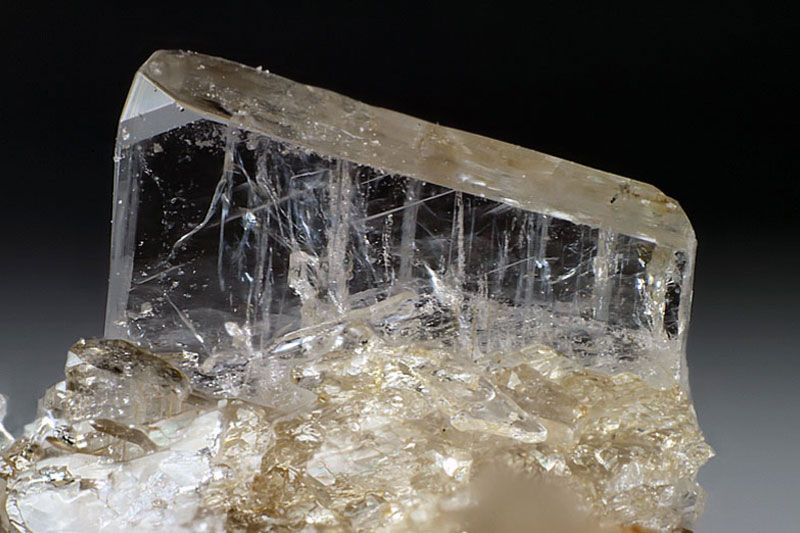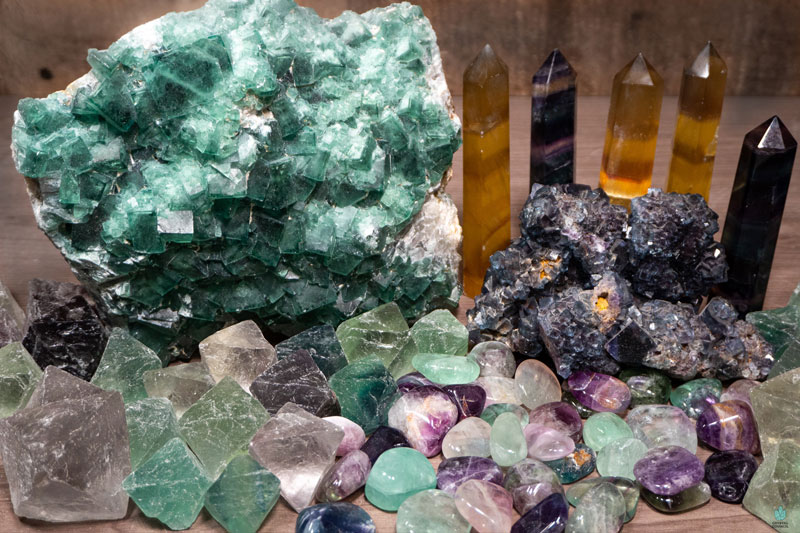Kaolin Stones
احجار الكاولين
Kaolin, also known as China clay or China clay soil, is a naturally occurring white clay or soil that can also be manufactured in the laboratory. It has numerous industrial uses in fields such as papermaking, rubber, paint, ceramics, construction materials, and even pharmaceuticals.
Kaolin was discovered in China and was named after the mountain from which it was first extracted. It is one of the most important and well-known clay minerals and can be called clayey clay. It is characterized by its high melting point and its ability to withstand high temperatures. It mainly consists of aluminum and oxygen minerals.
This mineral forms under specific acidic conditions and at low temperatures, making it a secondary mineral. It is primarily produced as a result of the decomposition of silicates that carry aluminum, and it can also form under hydrothermal conditions or as a result of changes in certain types of clay minerals.
Kaolinite can be considered a major component of soil, and it cannot form in marine environments.
The presence of marine deposits of this mineral indicates the proximity of a water area that serves as a source for these deposits.
Transformations
Kaolinite undergoes a series of transformations that lead to changes in its crystalline structure. For example, when exposed to heat treatment in the presence of suitable atmospheric pressure, it directly transforms into another form known as irregular metakaolin. This form continues to undergo gradual oxidation over time.
Kaolinite is considered a hazardous mineral, and caution should be exercised when using it. Direct exposure to the dust generated by kaolinite can cause various diseases, particularly lung-related conditions such as cancer. Therefore, it is recommended to wear eye protection and face masks when working with this mineral. Kaolinite can be found in various forms and structures.
For instance, it may exist as lumps of clay with varying degrees of cohesion or as small, delicate flakes.
